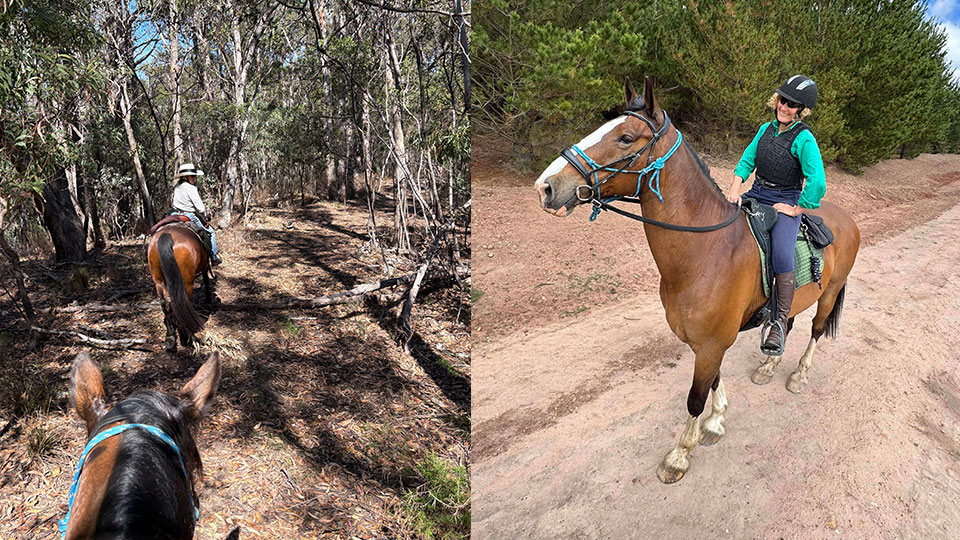
Trust is critical to sustainable high performing leadership teams. Some executive teams never develop strong trust. Some do, and then sadly they lose it, as is the case with this executive team where trust declined to catastrophic levels, with catastrophic impact.
The executive team of a prominent organisation was a cohesive and supportive unit with a clear sense of organisation and team purpose. They were open about their vulnerabilities and readily sought assistance when needed. Despite their high performance on most metrics, the team rarely undertook reflective practice and had not created a culture of learning and reflection.
The decline in trust began gradually. As the executive team expanded, the CEO failed to establish clear expectations for new members. Instances of behaviour that once would have been deemed unacceptable were overlooked.
Simultaneously, changes at the board level led to a breakdown in trust between directors, and between the board and the CEO. With this tone of trust set by the board, executives moved into protection mode, asking themselves ‘who will they go after next?’ Attending a board meeting was something to be dreaded.
As trust eroded within the executive team, decision-making slowed, layers of review and bureaucracy increased, undesirable behaviours went unchecked and performance standards dropped.
Trust reached its breaking point following a review of the organisation’s performance. The board and the executive team failed to view it as an opportunity for organisational learning, instead, perceiving it as a witch hunt. The executive team meeting became ‘a place to fight, after we each armoured up’, resulting in heated conflicts that hindered clear thinking.
Some executives left voluntarily, while others were forced out. A few remained to rebuild the organisation. It was public, harsh, and individually and organisationally damaging. ‘You give so much of yourself in an executive role like this. It makes you question whether you want to be in another executive role’ one executive told me.
It may be time to consider trust in the leadership team you are part of by asking yourself:
- What is our current state of trust? How does that compare to 6 months ago? What direction are we tracking?
- What key factors cause people to ‘armour up’ in our team?
- What increases trust in our team?
- To what extent are we having open conversations about trust in this team?
- With whom are your strongest trust relationships? What can you learn from that?
- With whom are your weakest trust relationships, and what are you willing to do about that?
Each person can make a positive impact on trust, because trust is the key to Fearless Leadership.
Go Fearlessly – Corrinne
STAY IN THE LOOP





